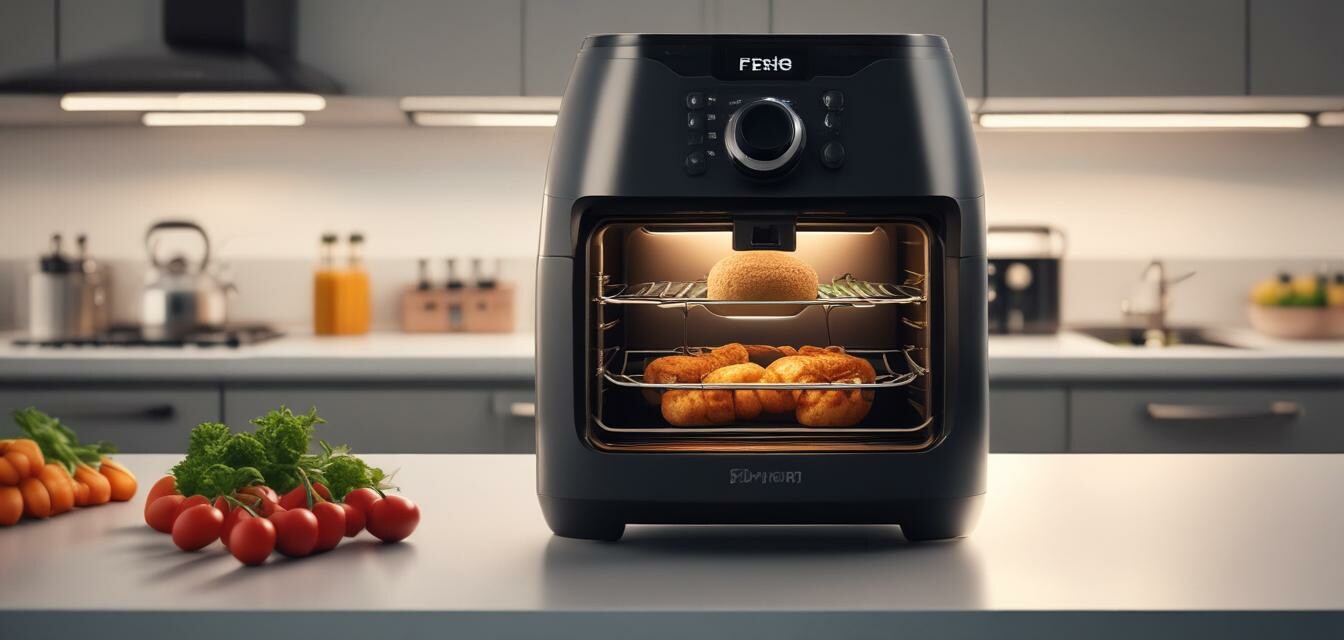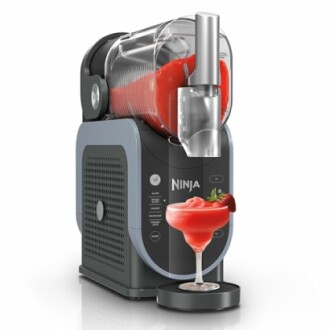
The Kitchen Revolution: Air Frying vs. Traditional Frying
- Air frying offers a healthier alternative to traditional frying with less oil use.
- Traditional frying provides a crispy texture that air fryers struggle to match.
- Cooking efficiency and time differ significantly between air frying and traditional methods.
- Both methods have their pros and cons, catering to different cooking preferences.
In the kitchen landscape of 2025, the debate between air frying and traditional frying continues to heat up as more people seek healthier cooking alternatives without sacrificing flavor. Air fryers have surged in popularity due to their convenience and reduced fat content, while traditional frying remains a culinary staple, celebrated for its robust flavors. This article dives deep into the comparison of both methods, exploring health benefits, cooking efficiency, and overall culinary experience.
Understanding Air Frying Technology
Air frying is a cooking method that uses convection heat to circulate hot air around food, creating a crispy texture similar to deep-frying but with significantly less oil. This method effectively reduces the number of calories and unhealthy fats in meals.
The Air Frying Process
- Food is placed in a basket, allowing air to flow freely around it.
- Hot air rapidly heats the food, cooking it evenly and enabling browning.
- Minimal or no oil is used, promoting a healthier cooking option.
The Tradition of Frying
Traditional frying methods involve submerging food in hot oil, resulting in crispy, golden-brown surfaces and rich flavors. However, the use of excess oil can contribute to higher calorie counts and unhealthy fats.
The Traditional Frying Process
- Food is fully immersed in hot oil, cooking it quickly and allowing it to absorb flavor.
- Seasoned oil enhances the dish's taste, creating that appealing crunch.
- Generally requires more cleanup and safety precautions due to large amounts of hot oil.
Health Benefits: Air Frying vs. Traditional Frying
Pros of Air Frying
- Less oil usage leads to lower calorie meals.
- Reduced fat intake promotes heart health.
- Easier cleanup due to minimal oil spillage.
- Many machines feature preset cooking options for convenience.
Cons of Air Frying
- Texture may not match traditional frying.
- Some models may take longer to achieve the desired crispiness.
- Higher initial cost of good-quality air fryers.
Pros and Cons of Traditional Frying
Pros of Traditional Frying
- Delivers a unique crunchy texture and flavor.
- Instant gratification with fast cooking times.
- Affordable equipment with minimal setup needed.
Cons of Traditional Frying
- High in calories and unhealthy fats due to oil absorption.
- Potential safety hazards with hot oil.
- More cleanup required due to oil splatter and residue.
Cooking Efficiency: Which Method Wins?
| Cooking Method | Average Cooking Time | Healthiness Level | Flavor |
|---|---|---|---|
| Air Frying | 20-30 minutes | High | Lightly crispy |
| Traditional Frying | 10-15 minutes | Low | Deeply crispy |
Conclusion
Choosing between air frying and traditional frying ultimately comes down to personal preference and cooking goals. If health and convenience are your priorities, air frying can be a game changer. Conversely, for those who value flavors and textures from classic cooking methods, traditional frying remains irreplaceable. Both methods hold value in the modern kitchen, and experimenting with each can lead to delightful culinary adventures.
Recommended Products for Your Kitchen Revolution
Ninja FS301 Professional Maker with RapidChill Technology
Transform your favorite liquids into smooth, flavorful frozen drinks with this advanced machine that requires no ice!
Learn MoreGrace & Stella Eye Mask Blue 24 Pairs + Cleansing Balm
Achieve hydrated and tightened under-eye skin with these cooling masks and gentle cleansing balm.
Learn MoreExplore More
For more insights on enhancing your cooking experience, check out our other categories:



